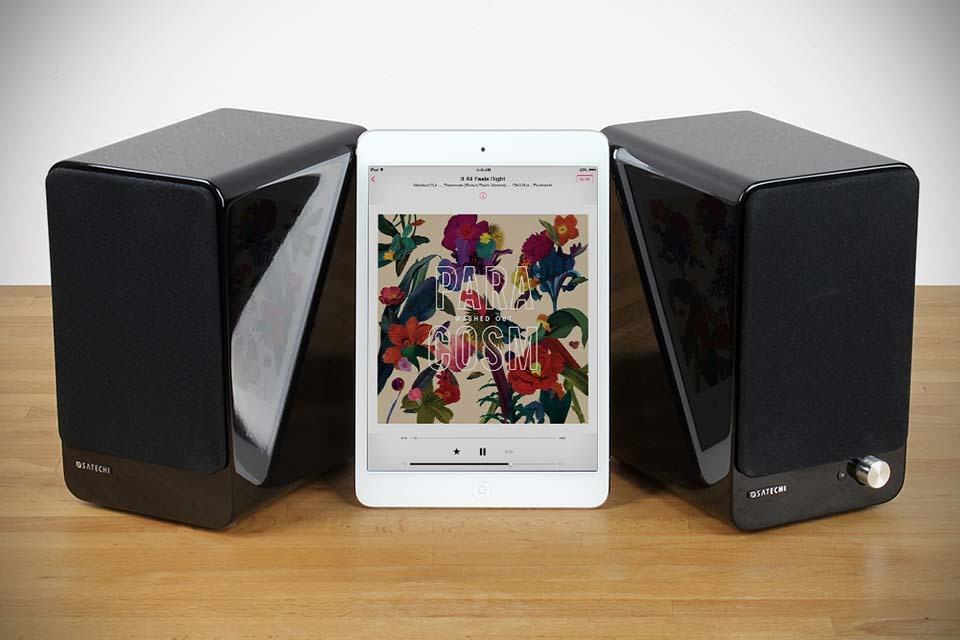If you don’t already know, I care about aesthetics—a lot. Even the design of a router bothers me. So, my criteria for routers include not just performance but also looks. That said, I’m always on the lookout for routers that deliver both. Today, I found one. Actually, it’s not exactly good-looking, but it has that “wait, is that a router?” vibe that caught my eye.

Meet the TP-Link TL-7DR3650/5150 Wi-Fi 7 Router. Launched last May, this router doesn’t scream router. Instead, it looks like a futuristic set-top box—except with a hollowed-out top, making it resemble an ashtray or maybe an overpriced minimalist desk organizer. It’s an unusual design that makes you wonder if it secretly has another function.
There are two models: BE3600 (TL-7DR3650) [CH] and BE5100 (TL-7DR5150) [CH]. If you’re assuming one is just a higher-end version of the other, you’d be wrong. They cater to different needs.
The BE3600 is all about performance, boasting MLO multi-link technology with multi-frequency overlay transmission, achieving speeds up to 5.2 times faster than traditional single-band routers. Gamers will appreciate its built-in accelerators for PC and console gaming, plus TP-Link’s Xtra Range 2.0 technology, which extends the 5 GHz band’s reach by 4.5 meters (14.8 feet) or lets it punch through an extra wall.

Other highlights include customizable port functions, dual WAN ports for redundancy, IPTV support, port aggregation, and dedicated gaming ports. And for those who despise setup headaches, a one-button mesh function makes creating a seamless mesh network easy.
The BE5100, while looking like the BE3600’s identical twin, is built differently. Under the hood, it features a unique chip design that separates digital and analog chips, with the digital side built on a 6 nm process for improved efficiency. It also packs five front-end modules (FEMs) in the analog chip, promising stronger signal transmission. Additionally, 3×3 MIMO technology enhances signal strength and data throughput.
Both models come equipped with a 2.5G port and are available as standalone units, two-unit packs (K72/K73), or three-unit packs (K75/K76).
Unfortunately, much to my dismay, these stylish Wi-Fi 7 routers don’t seem to be available outside of China. In China, pricing starts at 279 yuan [CH] (~38 USD)—which, honestly, is a steal.


Images: TP-Link [CH].



